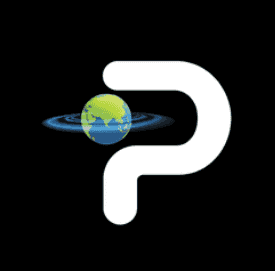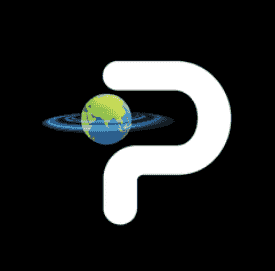To navigate the landscape that sometimes develops sometimes of artificial intelligence, it is important to understand the nuances between these two Titans. Both clouds developed by anthropic, and chatgpt from OpenaiI offer notable abilities in natural language processing, but their inherent philosophy and powers give rise to some important differences. It is not just about who can write a better poem; It is about this that AI model is best suited for your specific requirements and how they are shaping the future of AI interactions.
While both AI language models can surprisingly engage in human conversations and generate impressive texts, their main architecture and training have resulted in different personality and proficiency:
The Ethical Compass: One of the fundamental differences lies in his approach to safety and morality. Cloud AI was built with "constitutional AI", which was a set of guiding principles designed to make it more supportive, harmless and honest. This focus on moral AI often leads to reactions that prefer safety and avoid generating harmful materials. Chatgpt, also involving safety measures, this is not the same fundamental "constitution".
Relevant King: Claude has claimed a large reference window compared to the frequent chat. Think of reference window as AI's short -term memory. A large window allows cloud to process and remember more information than your interaction or document provided. This is particularly important to maintain the earlier details in handling long documents, complex analyzes and extended conversations. For real, Cloud can chew through a whole book and still remember what you asked in the beginning.
The Creative Spark vs. The Pregmatic Partner: While both can flex their creative muscles, the chat often shines in creative writing tasks, such as crafting of attractive stories, poems and even screenplays. It has a habit to generate diverse material format. On the other hand, the cloud, often bends towards being a more practical and analytical accessory, is excellent in summarizing information, removing the prominent insight and providing well -answering answers.
Multimodal Mestro vs. Textual Titan (mostly): Chatgate has a clear edge in multimodal abilities. It can understand and process not only the text, but also images and even audio (with its latest models). It can generate images through Dal-E integration and attach to voice interaction. Cloud, recently, has been more focused on lesson-based interactions, historically acquiring some image processing capabilities.
Data privacy angle: Anthropic emphasizes that Cloud AI does not maintain the user data by default and does not use interaction to train its model without clear permission. Openai, while the model stores conversations about their data usage for training, until the users actively opt-out until the users opt out. This difference may be an important factor for concerned users about data privacy.
So, how do these differences run in practical applications? Let's take a look at some real world scenarios:
Analysis of a mountain of documents: If you need to summarize a long research paper, legal document, or financial report, strong analytical abilities of large reference windows and clouds make it a deadly tool. This can digest a large amount of lesson and remove the major insight with impressive accuracy.
Brainstorming on creative materials: require ideas for your next marketing campaign, an attractive tagline, or a compelling story? The creative nature of the chatgpt and the ability to generate diverse text format can be a powerful property.
Coding aid: Both AIs are able to help support coding tasks, but Chatgpt is often quoted as being particularly strong in explaining code generation, debugging and programming concepts.
Attaching in natural interactions: Both models are designed for conversion conversations, but some users find the reactions of the cloud more natural and human-like boxes, often avoid highly common AI phrases.
Handling sensitive information: If you are working with confidential data, the strong trend of cloud on data privacy can make it a favorite option for peace of mind.
Working with the scene: Need to analyze an image, generate a caption, or extract data from a chart?
Here, the Chatgpt provides an additional benefit due to its multimodal features.
The AI is not a clear-cut winner in the 2025 battle of assistants. Clouds give different advantages to chatgate tables and AIs, and eventually, the "better" option will rely on your personal needs and tastes.
If moral thoughts, a large-scale reference window to handle a large amount of text, and a strong attention on analysis and summary is paramount, then the cloud may be your Go-to AI companion. If you prefer creative material generation, multimodal abilities and a wide range of features, Chatgpt may be more versatile tools.
However for real, the exciting part is that it is a continuous development. Both anthropic and openi are constantly carrying forward the boundaries of these AI models. As we move 2025 and beyond, we can expect even more sophisticated features, better accuracy, and perhaps convergence of some of their current powers. The future of AI assistants is bright, and competition between clouds and chatgips is going to make both of them even more powerful and unavoidable tools for all of them. So, keep an eye on this place - the next round in AI Arena is around the corner!




